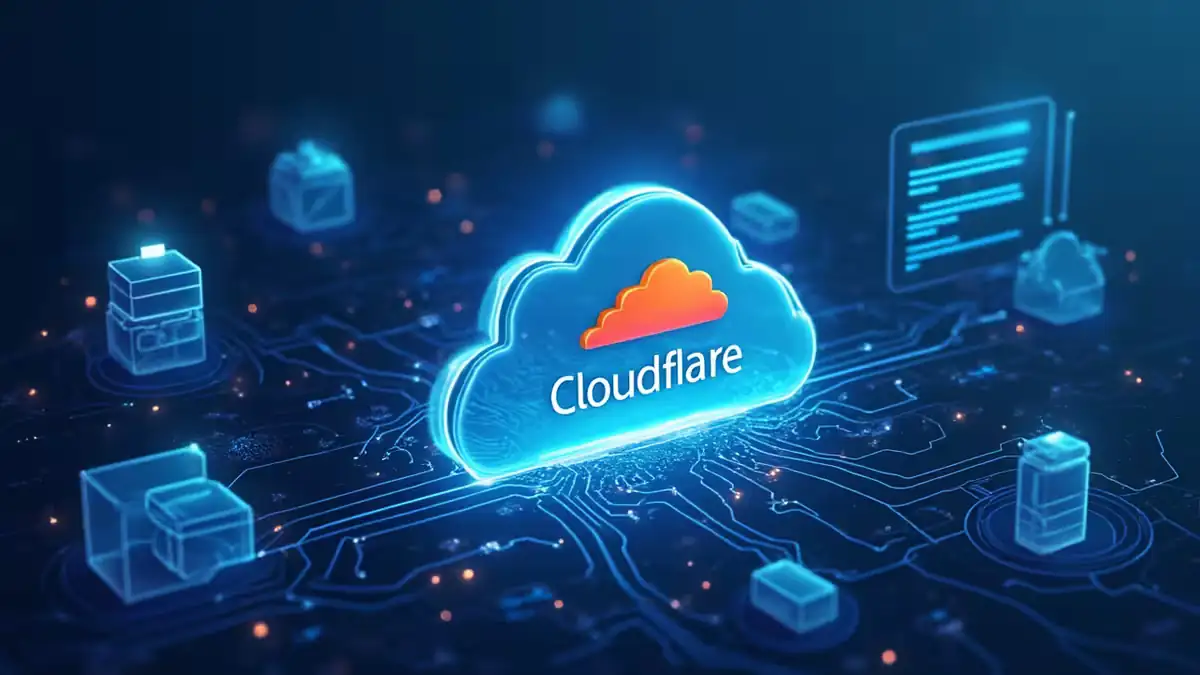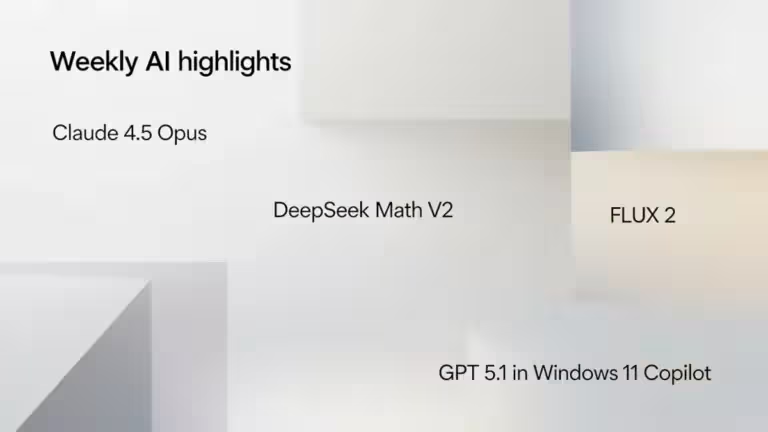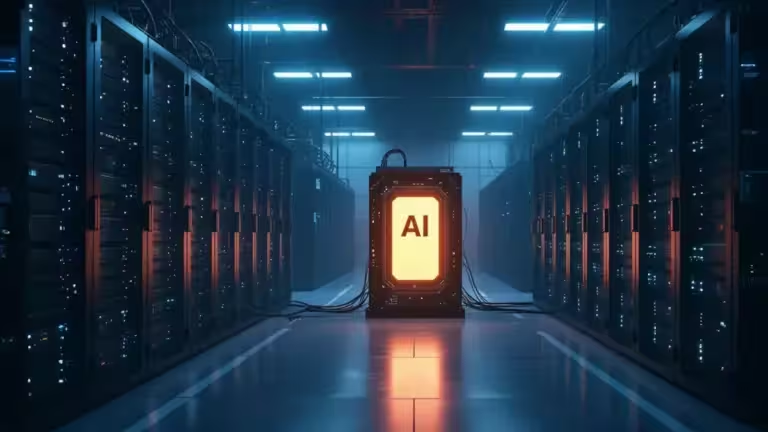Cloudflare upgrades its developer platform in 2025: innovations, opportunities, and risks

Cloudflare has taken advantage of its anniversary to announce a wide range of updates to its developer platform and Cloudflare Workers. The company’s message is clear: fewer friction points for developers and more power for building modern cloud and AI-driven applications. But beyond the official press release, how significant are these changes, and what do they really mean for developers and enterprises?
Cloudflare, more than a CDN or DDoS protection
As of January 2025, Cloudflare secures about 19% of all websites according to W3Techs. Over the years, it has expanded far beyond CDN and DDoS mitigation. Since the launch of Cloudflare Workers in 2017, it has positioned itself as a serverless competitor to AWS Lambda, Google Cloud Functions, and Vercel. These recent updates confirm Cloudflare’s ambition: becoming a one-stop development platform, from storage and serverless computing to browser automation and AI services.
AI Search: Cloudflare pushes deeper into AI
Formerly known as AutoRAG, AI Search now aims to deliver a “world-class search infrastructure” for any AI application. Key highlights include:
- Compatibility with multiple model providers such as OpenAI and Anthropic.
- Integration through AI Gateway with bring-your-own keys.
- Support for generative AI use cases and conversational agents.
Critical note: while supporting multiple providers is attractive, Cloudflare still provides little detail about latency, scalability, and cost compared to specialized vector database solutions like Weaviate or Pinecone. Cloudflare is leveraging its infrastructure footprint, but adoption will depend on proven real-world performance.
Remote Bindings: a genuine improvement for local dev workflows
Remote Bindings allow local projects to connect directly to deployed resources such as Cloudflare R2 storage. This simplifies integration testing and speeds up developer workflows. The upside: no need to maintain heavy local mock environments. The downside: this convenience deepens reliance on Cloudflare’s ecosystem, raising familiar concerns about vendor lock-in.
Expanded Node.js APIs on Workers
Cloudflare now supports more Node.js APIs, including node:http, node:fs, node:dns, and node:crypto. This opens the door for frameworks like Express or Koa.js to run natively on Workers. This brings Workers closer to established back-end development standards, although competitors like AWS Lambda have offered robust runtime support for years. The late arrival of this feature might limit its impact on the broader Node.js community.
Containers at massive scale and stronger Workers builds
Cloudflare significantly raised the limits for Cloudflare Containers: up to 400 GiB of RAM, 100 vCPUs, and 2 TB of disk, with as many as 1,000 concurrent dev instances. A clear move to target enterprise-level workloads such as large-scale AI or heavy data processing. Meanwhile, Workers Builds reached general availability with expanded storage (20 GB instead of 8 GB) and more CPU (4 vCPUs for paid plans). The question is: are these resources truly relevant for most developers, or mainly aimed at competing directly with AWS and Google Cloud in the enterprise space?
Media Transformations: video processing on the edge
Media Transformations, first introduced for images, now applies to video. Developers can resize, crop, or extract audio and thumbnails on the fly. This is especially useful for e-commerce, social media content, and generative AI outputs. The good news: a free tier is available as part of Cloudflare Media Platform. The limitation: Cloudflare enters a crowded space where established players like Mux and Cloudinary already serve large-scale video pipelines.
R2 Infrequent Access: cheaper storage for cold data
Cloudflare’s R2 storage now includes an Infrequent Access tier designed for backups, logs, or long-tail content. The advantage: like all R2 storage, there are no egress fees, a direct jab at AWS S3. The trade-off: retrievals are charged per GB, which could become costly if the data turns out to be accessed more frequently than expected.
Browser Rendering: Playwright and AI agents
Cloudflare made Playwright support generally available in its Browser Rendering API. Developers can now run up to 30 concurrent headless browsers (up from 10). A notable addition is Stagehand, an open-source framework that lets developers build AI agents with natural language instructions. Agents can interact with websites, fill forms, or extract structured data automatically. While the idea is powerful, scaling this reliably for enterprise-level automation remains an open challenge.
Database and email integrations
Cloudflare now integrates with databases such as PostgreSQL via PlanetScale and introduces a new transactional email service. This brings the platform closer to being a “full-stack development hub,” but it again raises the question: how much dependence on Cloudflare infrastructure is too much?
Dashboard UX improvements
Workers, R2, and Durable Objects dashboards were redesigned for faster loading and a more consistent UI. Developers can now customize tables, sort by columns, and streamline their workflow. While useful, this is largely a cosmetic update compared to the platform’s more strategic enhancements.
Conclusion: Cloudflare grows, but for whom?
With these updates, Cloudflare is positioning itself as a comprehensive developer platform that spans AI, storage, browser automation, and serverless execution.
- For indie developers: practical gains such as Remote Bindings, Node.js API support, and Media Transformations.
- For enterprises: massive new limits in Containers and Workers Builds.
- For AI developers: an emerging offering with AI Search and Stagehand, though still less mature than specialized solutions.
The bigger picture: Cloudflare’s strategy is clear—centralize as much of the development stack as possible. But the risk of lock-in is real. Developers and enterprises will need to weigh the cost savings (like R2’s no egress fees) against the long-term dependency on Cloudflare’s ecosystem.
Cloudflare’s developer platform in 2025 looks more powerful and versatile than ever. But the real test is not in announcements—it’s whether these tools can outperform mature alternatives from AWS, Google Cloud, and open-source competitors in real-world production.
Your comments enrich our articles, so don’t hesitate to share your thoughts! Sharing on social media helps us a lot. Thank you for your support!






